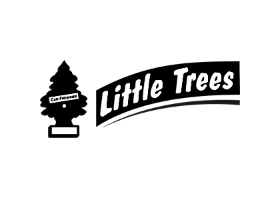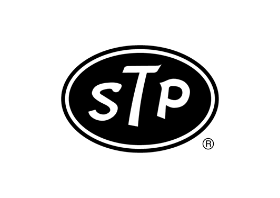Molecular breeding for the genetic improvement of
Was:
AED 436.75
Now:
AED 265.45 Inclusive of VAT
Saving:
AED 171.30 39% Off

Get it by 12 Dec

Earn 5% cashback with the Mashreq noon Credit Card. Apply now

Pay 4 interest-free payments of AED 66.36.Learn more

Split in 4 payments of AED 66.36. No interest. No late fees.Learn more




1
Free delivery on Lockers & Pickup Points
Learn more
Enjoy hassle free returns with this offer.

Item as Described
70%
Partner Since
4+ YearsSpecifications
| Publisher | Wageningen Academic Publishers |
| ISBN 13 | 9789076998732 |
| ISBN 10 | 9789076998732 |
| Book Description | Grassland covers 26% of the world's total land area. It produces feed for livestock; maintains soil fertility; protects and conserves soil and water resources; creates a habitat for wildlife; provides recreational space for sport and leisure and contributes to the general landscape. This book provides an up-to-date account of progress and potential in the genetic improvement of grassland to meet all needs. It encompasses work on a wide range of temperate and tropical grassland species (including grasses, clovers and other forage legumes) and will interest all those concerned with grassland use in livestock-based agriculture, recreation, environmental protection, bio-industry etc. Specifically, it demonstrates how recent advances in molecular techniques are being used to develop breeding objectives and strategies with key-note papers on: Objectives and benefits of molecular breeding, Linkage/physical mapping and map-based cloning, QTL analysis and trait dissection, Genomics, model species, gene discovery and functional analysis, Use of molecular markers and bioinformatics for breeding, Molecular genetics and breeding of endosymbiont and grass/legume associations, Transgenics, Genetic diversity, breeding systems and resources Future directions for research and breeding. State-of-the-art molecular techniques and resources are described that encompass a unique range of expertise in genetic mapping, trait dissection, comparative genomics, bioinformatics, gene discovery and risk assessment. Examples of work in progress or recently completed are provided from across the world. The book has broad educational value and will interest plant geneticists and breeders as well as grassland users and policy makers. |
| Language | English |
| Author | M. Humphreys |
| Publication Date | 38520 |
| Number of Pages | 288 pages |
Molecular breeding for the genetic improvement of
Added to cart
Cart Total AED 265.45


























































































































